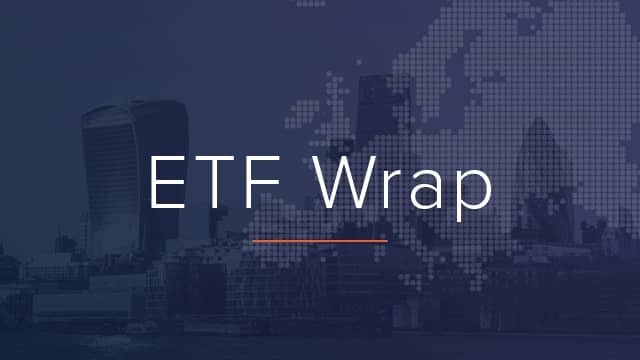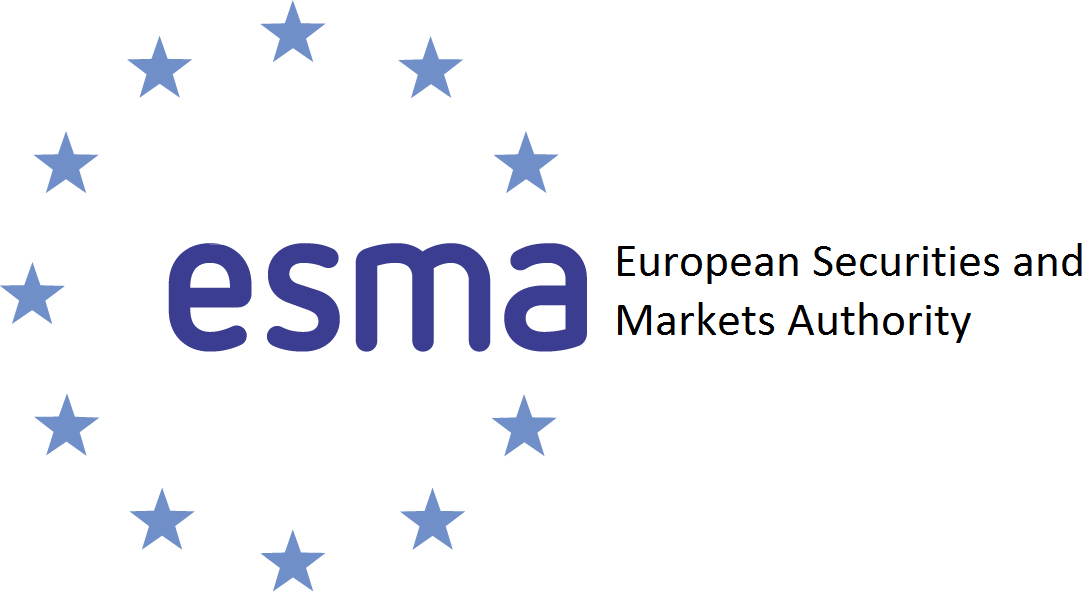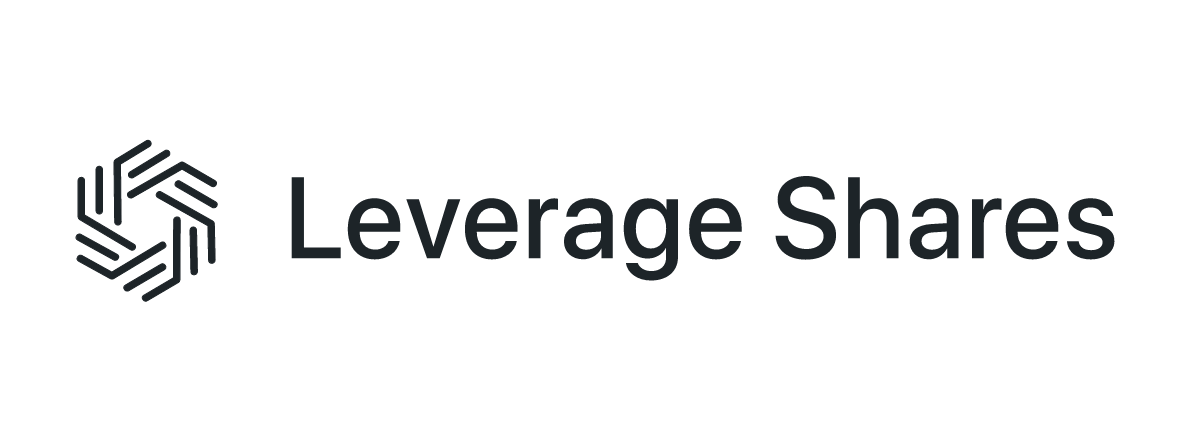The European Securities and Markets Authority (ESMA) once again had its crosshairs trained on securities lending this week, describing the practice as “risky and complex” despite its direct and indirect benefits.
In a statement the EU watchdog said securities lending may not be in the interests of less sophisticated investors and is “difficult for the average retail investor to understand”.
ESMA did note “indirect” benefits of the practice such as lower trading commissions, however, it said these may not justify exposing retail investors to the risks associated with securities lending, especially as such benefits “would not necessarily and proportionately accrue to all retail clients exposed to the risks” of lending.
It is also worth noting the direct benefit – and main use case for securities lending in fund structures – is its ability to offset the impact of fees. The iShares $ Treasury Bond 7-10yr UICTS ETF (IBTM), for instance, carries a fee of 0.07%, but a large degree of this is offset by securities lending returns of 0.05%.
IBTM is also a good example of securities lending’s more abstract benefit. By contributing to the supply of readily available popular assets such as US Treasuries – which are most often used as collateral – securities lending may contribute to healthy, functioning markets.
ESMA’s other bone to pick with the practice was less operational and more ethical – namely that all revenue generated by securities lending should be returned to the end client, net of “normal compensation” for the lending agent and asset manager.
This was also the focus of its previous gambit regarding securities lending last year, where it highlighted lending agents retain between 10-50% of gross revenues before passing the rest to the UCITS fund. Asset managers then only return 50-65% of the gross revenues to end investors, ESMA said.
Despite these concerns, securities lending in ETFs continues with strong momentum. Previous data from EquiLend found ETF on-loan value surged 76.9% between 2017 and 2019, from $37.5m to $66.3m.
In more recent times, this has included ESG ETFs – and the convergence of the two subject matter has been the subject of debate among asset managers.
For some, it is counterproductive to lend out the securities of an ETF issuer which has strong ESG credentials, especially when these securities may be used for short-selling and therefore betting against the sustainable stock.
Others also raise the issue of voting rights, with securities out on loan potentially jeopardising an asset manager’s opportunity to engage with companies and in turn cast the votes attached to ESG ETF assets in line with pro-ESG outcomes.
Finally, others are concerned by the nature of collateral an ETF holds in return for the securities they lend out, with ESG ETFs lending out their ostensibly more virtuous holdings and temporarily holding the stock and bonds of oil, tobacco and weapons manufacturers in lieu.
Such arguments saw HSBC Asset Management seclude its ESG ETFs when it launched its securities lending in March 2021, ETF Stream revealed. DWS, meanwhile, said it would make sure the collateral it received would comply with its ESG standards on nine ETFs it converted to ESG indices in August 2021.
Other ETF issuers also continue to walk the tightrope between securities lending and ESG. This March, Invesco began including its ESG ETFs in its lending programme, with several key considerations.
These include the ETF issuer recalling securities prior to votes; having a schedule of acceptable collateral comprising government bonds from a select list of entities and Invesco not taking a share of the lending revenue – instead 90% is received by the fund and 10% by the lending agent.
After ESMA’s latest warning shot, it will likely consider next steps including guidance or requirements on securities lending revenue splits. It would be interesting to see whether additional guidance is issued regarding the interplay of lending activities and ESG funds.
Emerald ETFs hit €1trn
Assets housed in Irish domiciled ETFs broke through €1trn for the first time this month as ETF issuers continue flocking to the country to benefit from its double taxation treaty with the US.
Under the agreement, dividends on US securities are subject to a 15% withholding tax, half of the amount paid by funds holding US securities domiciled in non-treaty countries such as Luxembourg.
This means on S&P 500 ETFs’ current dividend yield of 2%, fund share classes of Irish Collective Asset management Vehicles (ICAVs) are currently saving investors 30 basis points of returns a year.
Irish assets have exploded from €275bn in 2017 and now represent 68% of all European assets, more than triple the €298bn housed in Luxembourg.
2.8x Tesla
An interesting structural anomaly occurred on Europe’s largest short and leveraged exchange-traded product (ETP) – the $315m +3x Tesla ETP (TSL3) – as it experienced “significant tracking error” for six days in June due to “technical issues with the margin loan provider”.
This saw the degree of leveraged return drop as low as 2.8x, with one explanation being the issuer was unable to access the necessary financing to provide the full three-time leverage.
Unlike swaps-based leveraged ETPs, which carry their own counterparty risks, Leverage Shares’ products are physically backed, meaning the firm borrows additional funds on top of investor assets to physically purchase additional shares of the desired exposure in order to manually magnify it.
In this instance, the scale of TSL3 may have posed a unique challenge, however, it is the first time in five years such tracking error has been experienced by a Leverage Shares ETP. The firm recently appointed Goldman Sachs as a second prime broker, enabling the product to scale.
ETF Wrap is a weekly digest of the top stories on ETF Stream








